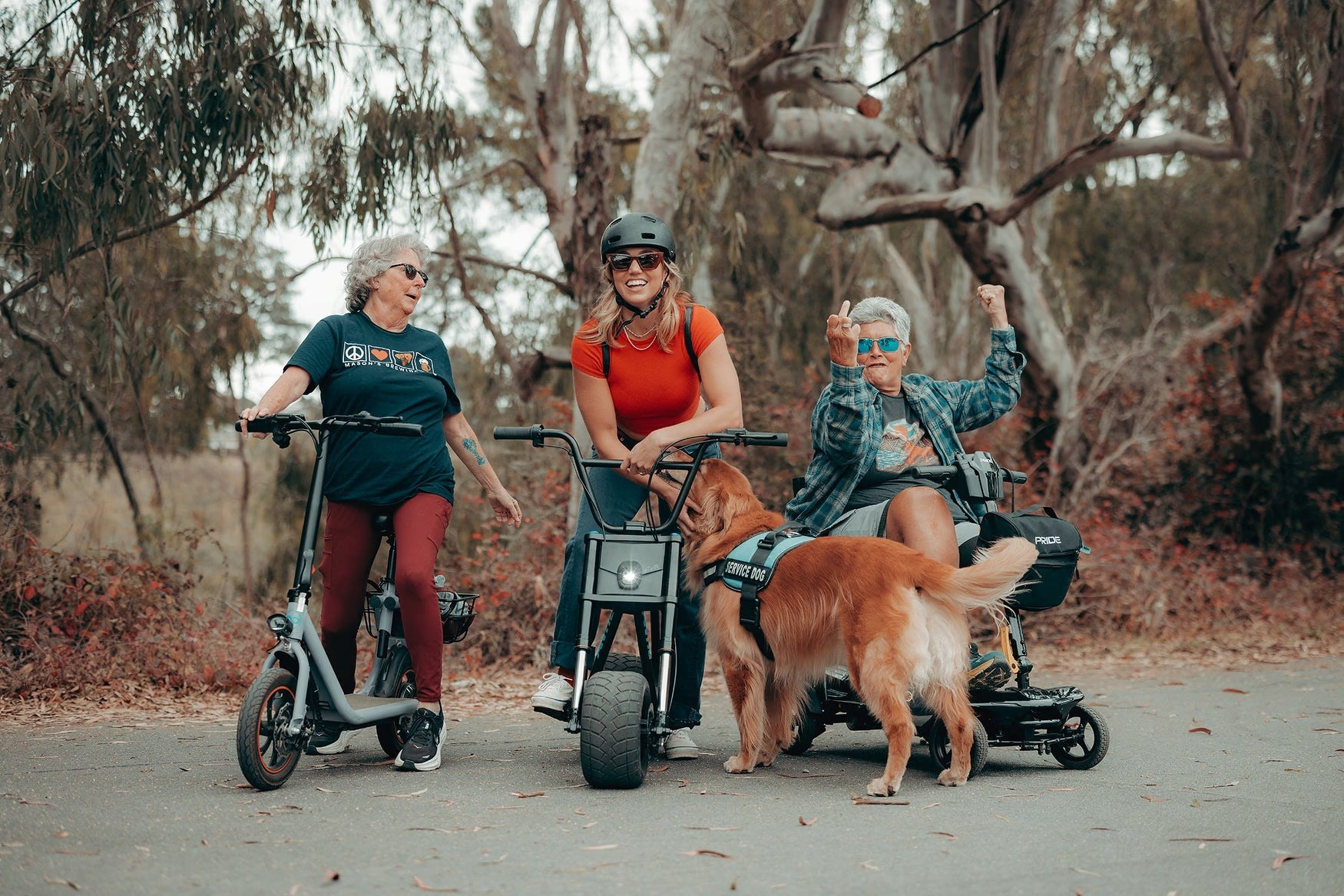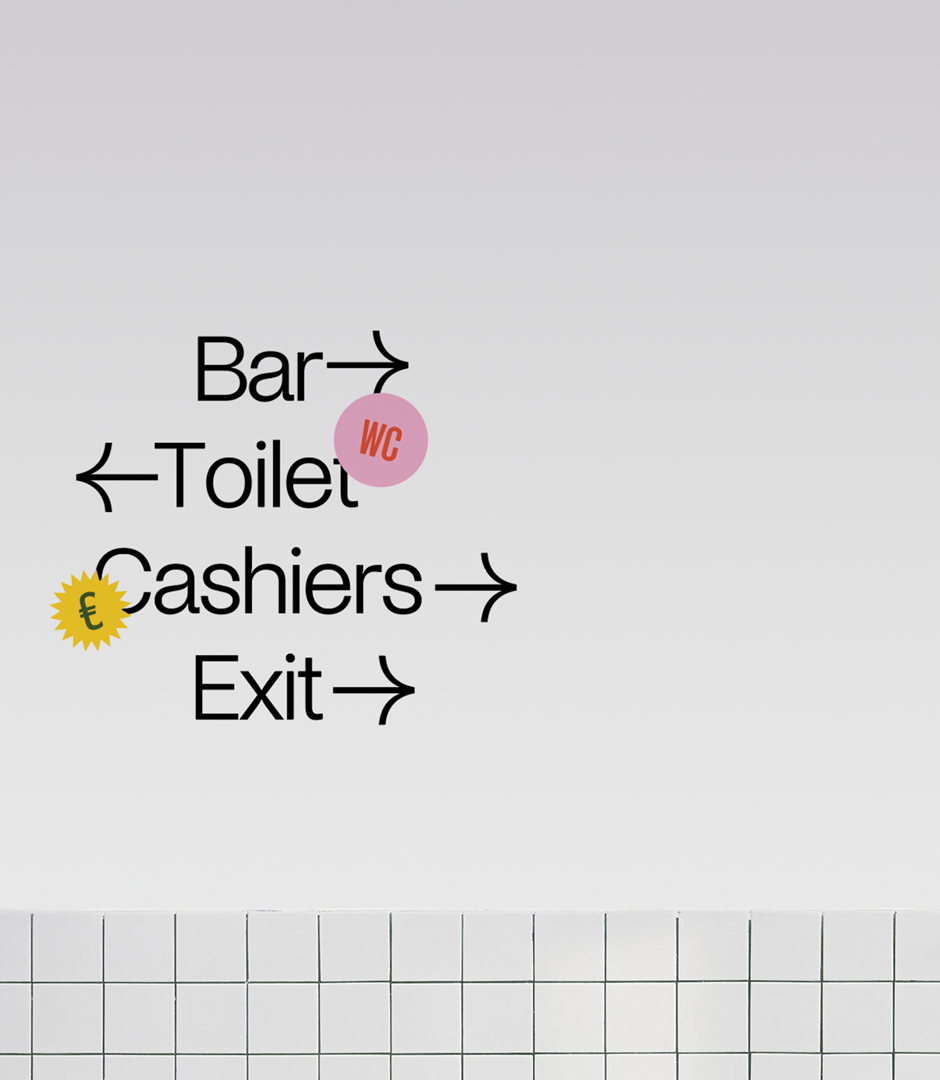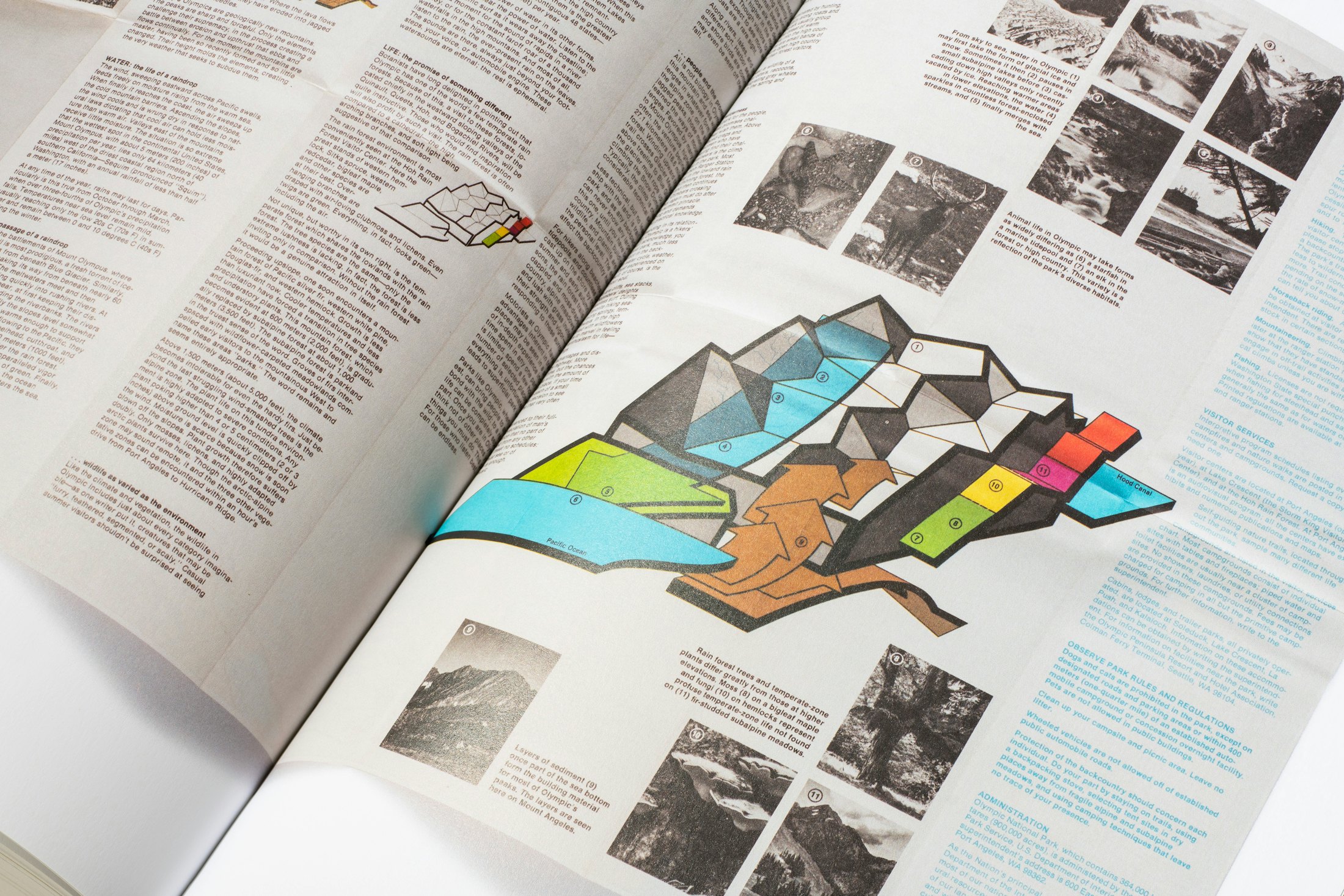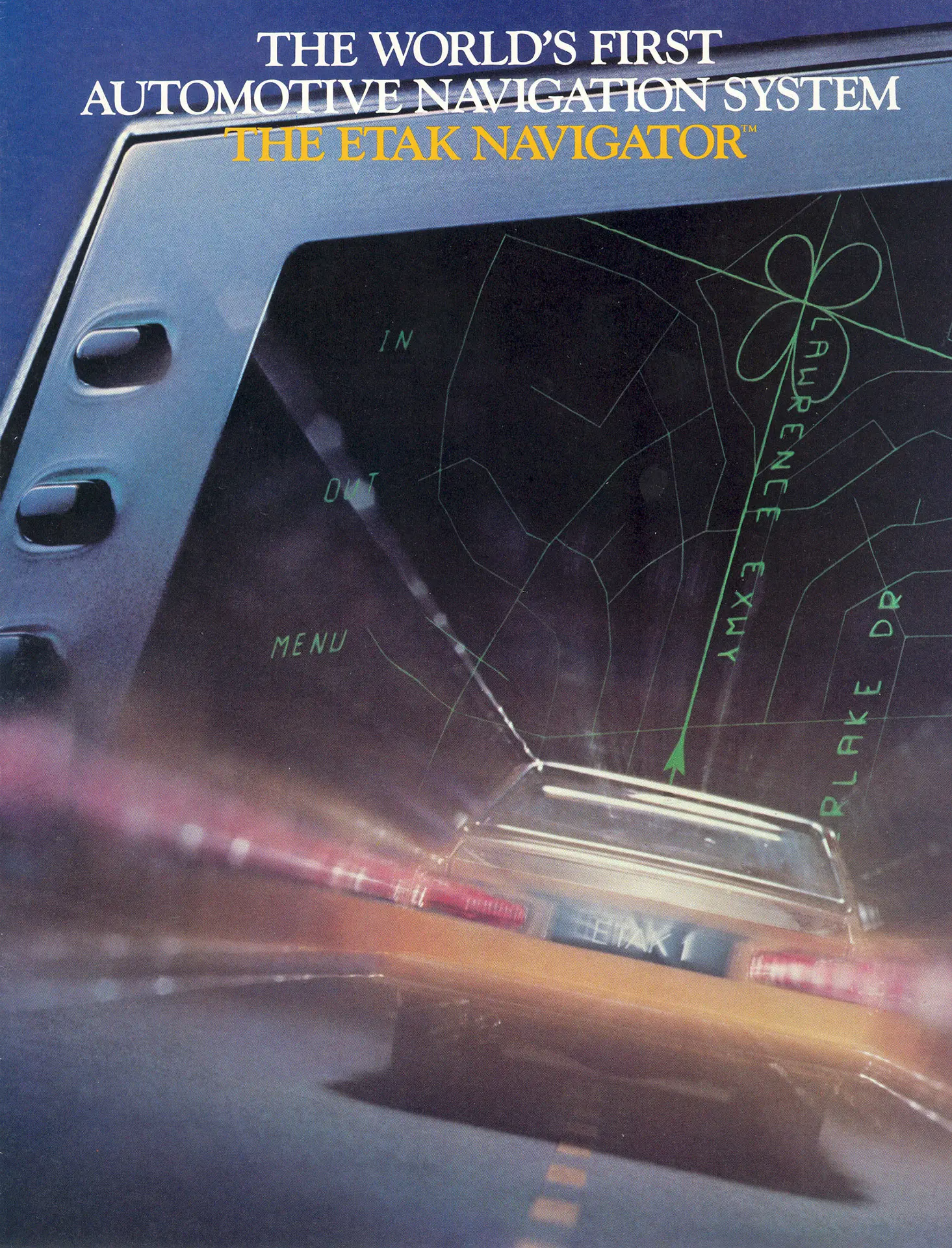Some Things, Week 6, 2025

Photo by Yama Bato.
You Can’t Post Your Way Out of Fascism: “Trusted information networks have existed since long before the internet and mass media. These networks are in every town and city, and at their core are real relationships between neighbors—not their online, parasocial simulacra.”
Simulacrum: “a representation or imitation of a person or thing.”
90’s Hip-Hop: A 45 plus minutes mix of Golden Era Classics + Rarities.
Makara Peak Mountain Bike Park Wayfinding: Cool signs.
Ghimli Sans: A font with “a nice ol' boozer vibe.”
Marginalia Search: “Find lost old websites.”




